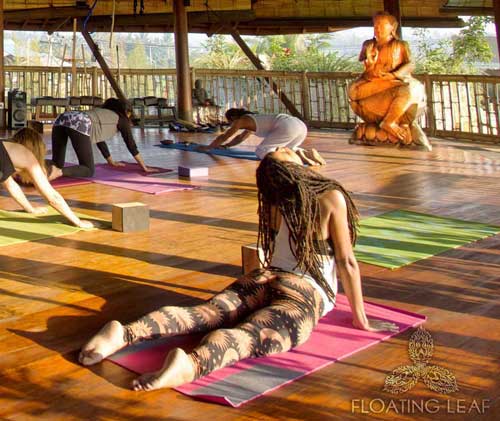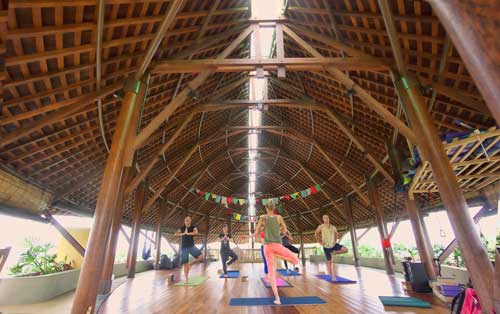Yoga is well known for its beneficial effects on human mind and body. There are hundreds of articles available over the internet which will tell you about the amazing benefits of yoga. Improved memory, better metabolism, glowing skin, sharp mind are just a few to mention, the list can go on and on. Yoga has become a style statement for many people as well. People join special yoga courses to learn the right movement of the body and limbs. Many of us think that yoga is a recent concept. In fact, the history of yoga is rich. Both yoga and meditation have an ancient origin.
Yoga poses have evolved over the period of time. Many recent yoga styles have emerged in the last century and have made their way into the present day yoga. There is no proper evidence to say when the practice of yoga started. Roughly, the origin of yoga goes back to about 5000 years. Let us briefly look into how yoga evolved:
- Pre-classical yoga:
Yoga began in Northern India 5000 years ago. The word “yoga” was used in sacred texts that consisted of their songs and other rituals. Yoga was evolved afterwards and the exact practices were neatly documented. It was a mix of different techniques and beliefs that sometimes also contradicted with each other. The most popular of the yoga scriptures is the Bhagavad-Gita. The Upanishads looked at yoga as a way of self-sacrificing and giving up ego. Two types of yoga existed called the karma yoga and the jnana yoga.
- Classical yoga:
Classical yoga was the first systematic presentation of yoga. Classical yoga is also called as “Raja Yoga”. It is simply a collection of steps leading to enlightenment. This classical yoga was designed by Patanjali who is also known as the father of yoga. Patanjali organized all the practices that lead to enlighten the soul. This practice formed the classical or the Raja yoga. Classical yoga still forms a part of the present day yoga.
Post classical yoga is a combination of practices that increase the bod’s flexibility and lifespan. Post-classical yoga rejected the previous teachings of the pre-classical and the classical period. In Post-classical period more emphasis was given to physical body movements for achieving enlightenment. The physical movements of the post-classical yoga were known to have a positive impact on the spirit. Post classical yoga highly relates to our concept of yoga.
- Modern period:
Modern period of yoga started from early 1900s when the yoga masters travelled around and people started following them. 1n 1893, Vivekananda gave lectures at Parliament of religions in Chicago. Here, the attendees were blown away by the concept of yoga. The Hatha Yoga was promoted to Indian subcontinent. Yoga schools emerged in 1924 and 1936. Krishnamacharya trained a few students who will continue to teach yoga to the world after him. Afterwards, numerous books emerged on yoga.
Yoga then spreads to the west. Now, many people have mastered the skill of yoga all around the world and use yoga as a therapeutic, preventive and calming exercise. People today follow different styles and schools of practicing yoga.



